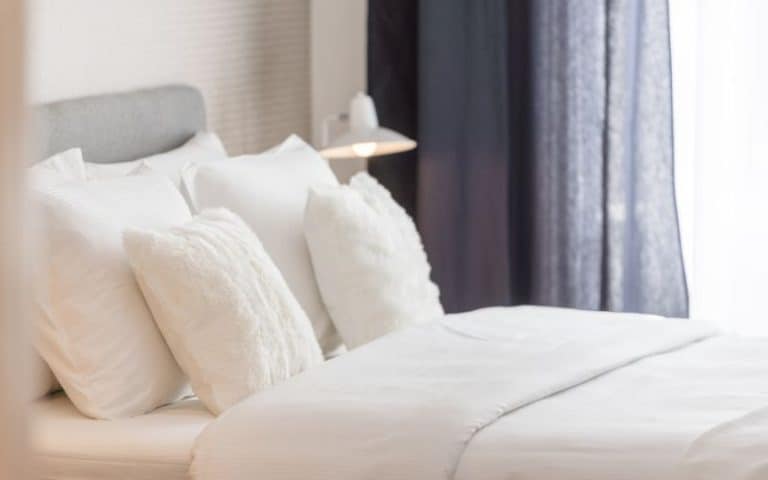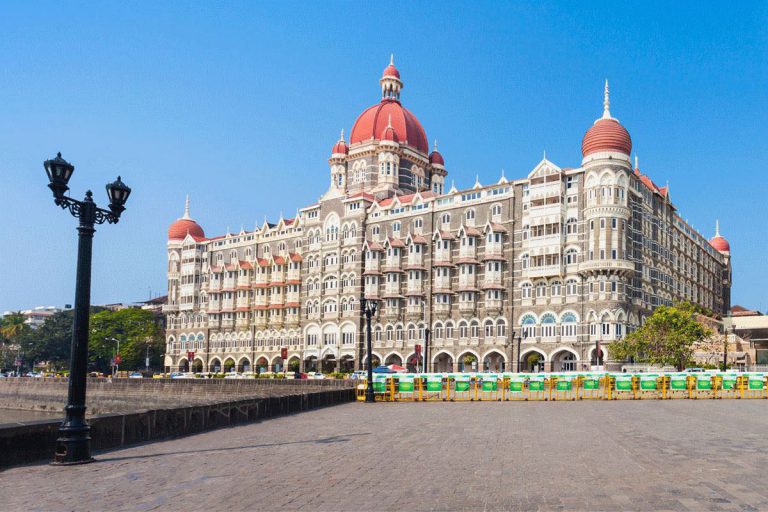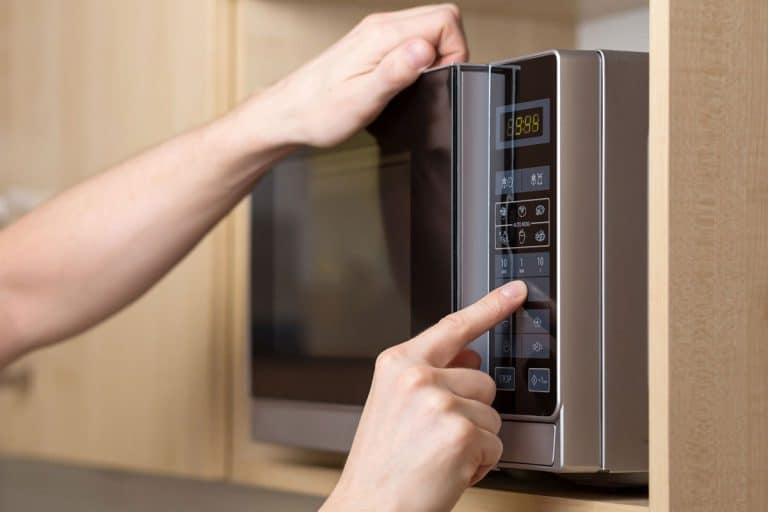Stepping into the bathroom of your hotel room, you turn on the light and realize there’s no exhaust fan.
Most hotel bathrooms don’t have venting fans, which can be annoying and dampen the ambiance of your stay. So, what’s behind this bathroom design choice that leaves humidity and odor hanging in the air?
If you’re short on time, here’s the key takeaway: The lack of bathroom exhaust fans in hotels mainly comes down to cost savings, moisture control risks, and prioritizing aesthetics over function. But while frustrating, there are ways to work around stuffy hotel bathrooms.
Installation and Operating Costs
One of the main factors that hotels consider when deciding whether or not to install exhaust fans in their bathrooms is the cost. The installation and operating costs associated with exhaust fans can vary depending on several factors.
Additional Construction Expenses
Installing an exhaust fan in a hotel bathroom may require additional construction expenses. This can include the cost of hiring a contractor to do the installation, as well as any necessary modifications to the existing ventilation system. These expenses can add up quickly, especially if the hotel has multiple bathrooms that need exhaust fans.
It’s important to note that the specific costs associated with installing an exhaust fan will vary depending on the size and layout of the bathroom, as well as the complexity of the installation process. Hotels should consider getting multiple quotes from contractors to ensure they are getting the best price for the job.
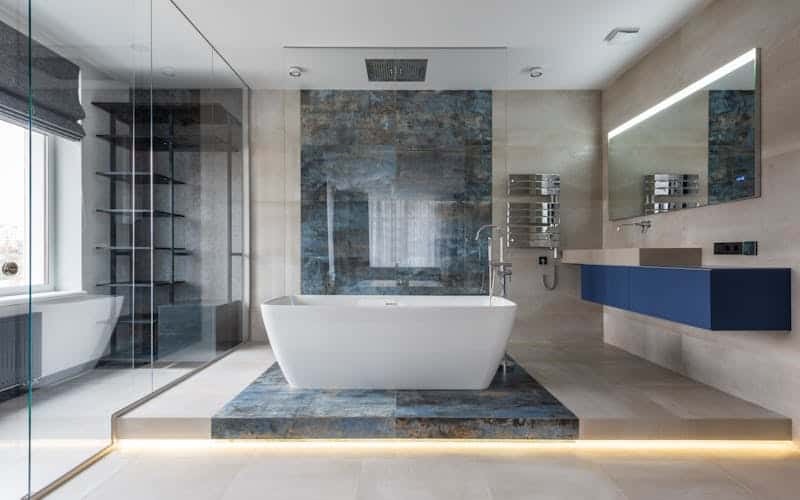
Increased Energy Usage
Another consideration when it comes to installing exhaust fans in hotel bathrooms is the increased energy usage. Exhaust fans require electricity to operate, and this can result in higher utility bills for the hotel.
While the energy usage of an exhaust fan may not be significant on its own, when multiplied by the number of bathrooms in a hotel, it can add up. Hotels that are looking to minimize their energy consumption and reduce their carbon footprint may opt to forgo exhaust fans in order to save on energy costs.
However, it’s worth noting that advances in technology have led to more energy-efficient exhaust fans. These fans are designed to consume less electricity while still effectively removing moisture and odors from the bathroom.
Hotels should carefully consider the potential long-term energy savings that can be achieved with the installation of energy-efficient exhaust fans. It may be worth investing in these more efficient models to not only improve guest comfort but also reduce operating costs in the long run.
Moisture and Maintenance Issues
Preventing Mold Growth
One of the major concerns when there is no exhaust fan in a hotel bathroom is the potential for mold growth. Bathrooms are prone to high levels of moisture, especially after showers or baths.
Without proper ventilation, this moisture can linger in the air and on surfaces, creating a breeding ground for mold and mildew. Not only can mold be unsightly, but it can also cause health issues such as allergies and respiratory problems.
To prevent mold growth in the absence of an exhaust fan, there are a few steps that hotel owners and guests can take.
Firstly, it is important to open a window or door after using the bathroom to allow fresh air to circulate. This can help to reduce the moisture levels and prevent mold from forming. Additionally, using a dehumidifier in the bathroom can also be effective in removing excess moisture from the air.
Regular cleaning and maintenance of the bathroom is also crucial in preventing mold growth. Keeping surfaces dry and using mold-resistant materials can help to inhibit the growth of mold. Using a mixture of water and vinegar or a mildew-resistant cleaner can help to remove any existing mold and prevent its recurrence.
Reducing Maintenance Needs
In addition to mold growth, the absence of an exhaust fan in a hotel bathroom can lead to increased maintenance needs.
Without proper ventilation, the bathroom is more prone to damage from moisture, such as peeling paint, warped wood, and deteriorating grout. This can result in costly repairs and frequent renovations.
Hotel owners can take several measures to reduce maintenance needs when there is no exhaust fan. Using moisture-resistant paint and materials in the bathroom can help to prevent damage caused by moisture. Regular inspections and prompt repairs can also help to address any issues before they worsen.
Additionally, providing guests with guidelines on proper bathroom ventilation and encouraging them to report any concerns can help to identify and address maintenance needs in a timely manner.
It is worth noting that some hotels may opt for alternative ventilation solutions in the absence of an exhaust fan. These can include window fans, ceiling fans, or even central ventilation systems. However, it is important for hotel owners to ensure that these alternatives are effective in removing moisture and preventing mold growth.
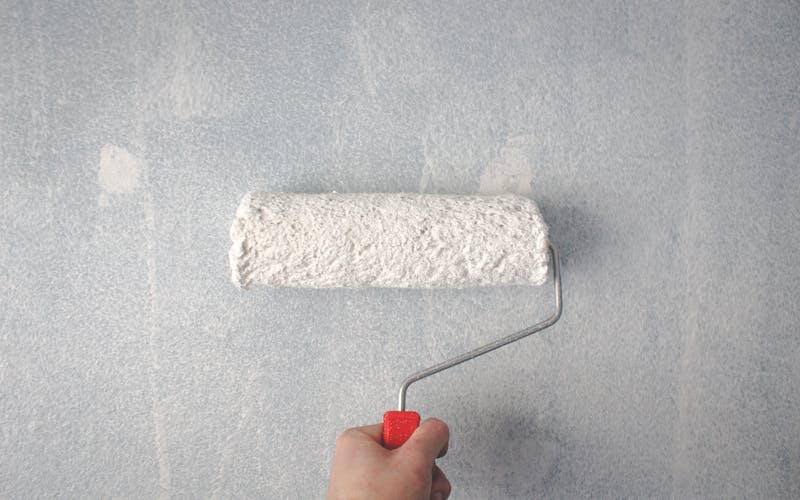
Prioritizing Ambiance Over Function
When it comes to hotel bathrooms, many establishments prioritize ambiance and design over functionality. This can be frustrating for guests who find themselves in a bathroom without an exhaust fan.
While it may seem like a minor inconvenience, the lack of proper ventilation can lead to a range of issues, including unpleasant odors, excessive moisture, and even mold growth.
Streamlined, Sleek Bathroom Designs
One reason why hotels often neglect to include exhaust fans in their bathrooms is the desire for a streamlined and sleek design.
Many modern hotels opt for minimalist aesthetics, with clean lines and an emphasis on simplicity. While this can create a visually pleasing environment, it often means sacrificing practical features like exhaust fans.
Additionally, the inclusion of an exhaust fan can disrupt the overall design of the bathroom. Hotel designers may prioritize the visual flow of the space and choose to eliminate anything that breaks the clean lines or disrupts the overall aesthetic.
Emphasis on Aesthetics Over Practicality
Another reason why hotels may prioritize ambiance over function is the belief that guests are more concerned with appearances than practicality.
Hotel owners and designers may assume that guests are more likely to be impressed by a beautifully designed bathroom than they are to notice the absence of an exhaust fan.
However, this assumption fails to take into account the importance of comfort and convenience for guests. While a visually appealing bathroom may make a positive first impression, the lack of essential features like ventilation can quickly turn that impression sour.
Guests may find themselves having to deal with unpleasant odors or excessive steam, which can detract from their overall experience and satisfaction.
Workarounds for Proper Ventilation
Turn On Bathroom Lights
One workaround for the lack of an exhaust fan in your hotel bathroom is to turn on the bathroom lights.
While this may not provide the same level of ventilation as an exhaust fan, it can help to circulate the air in the room and reduce moisture buildup. Additionally, the light bulbs generate heat, which can aid in drying out the bathroom.
Crack the Door Open
If your hotel bathroom doesn’t have an exhaust fan, another option is to crack the door open while showering or using the bathroom.
This allows for better airflow and helps to prevent the accumulation of steam and moisture. However, it’s important to consider your privacy and the noise level before leaving the door open.
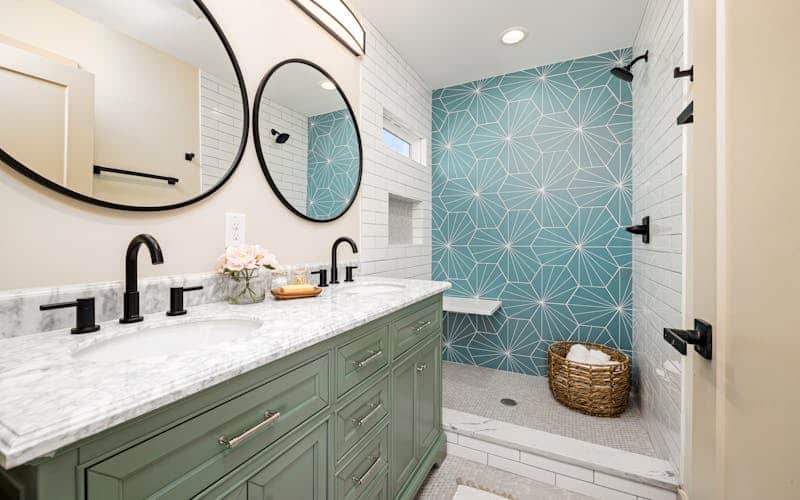
Request a Room Nearer the Elevator
In some cases, hotels may have rooms with better ventilation systems or rooms that are located closer to the main ventilation shafts.
When making a reservation, you can request a room that is nearer to the elevator or a room with improved ventilation. While it may not always be possible to accommodate this request, it’s worth mentioning your preference to the hotel staff.
Remember, proper ventilation in a bathroom is important to prevent mold, mildew, and unpleasant odors. If you are concerned about the lack of an exhaust fan in your hotel bathroom, don’t hesitate to explore these workarounds to improve the air circulation during your stay.
Conclusion
While less than ideal, the lack of exhaust fans in hotel bathrooms mainly comes down to cost cutting and design priorities.
But with some adaptive strategies, you can still find ways to get adequate airflow and breathe easy.
It’s important to note that while hotels may have alternative solutions, these might not always be as effective as a dedicated exhaust fan, especially in areas with high humidity or limited natural ventilation.

